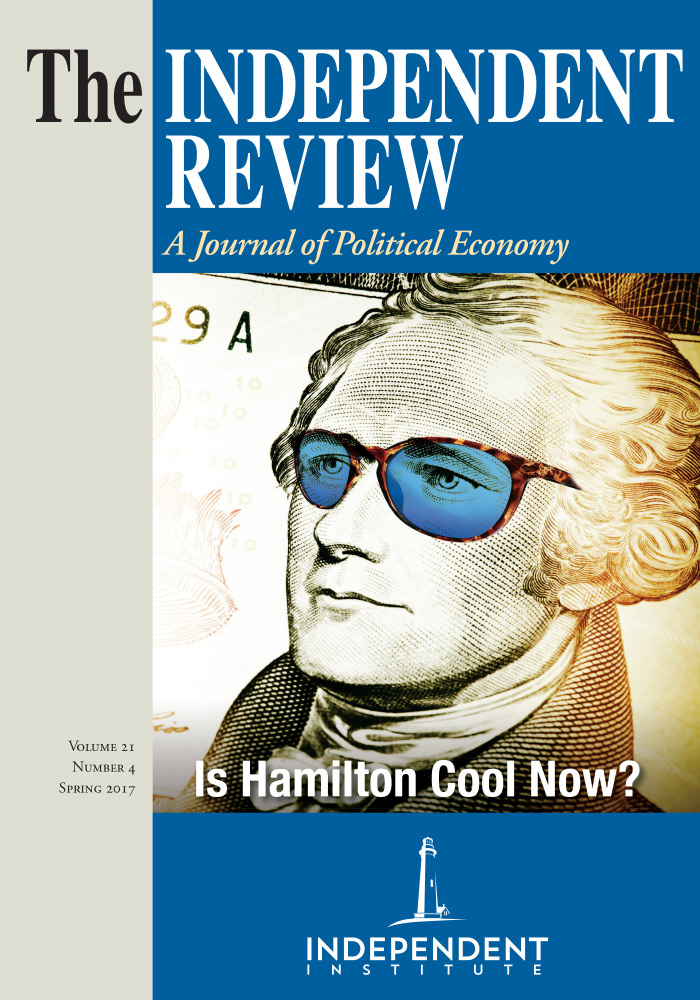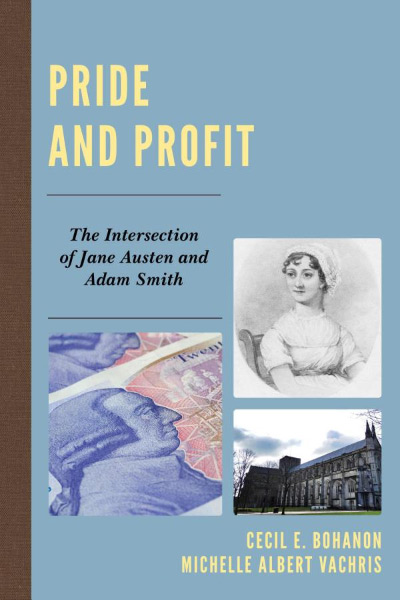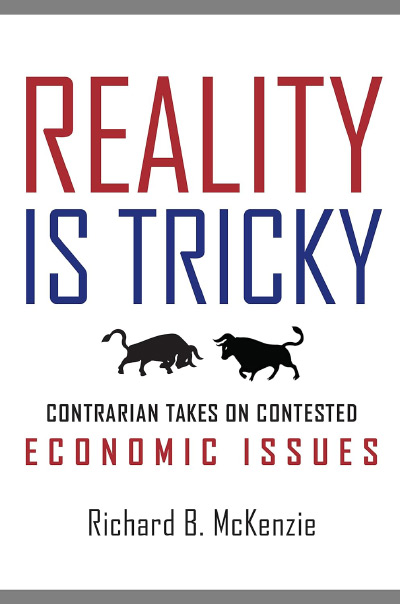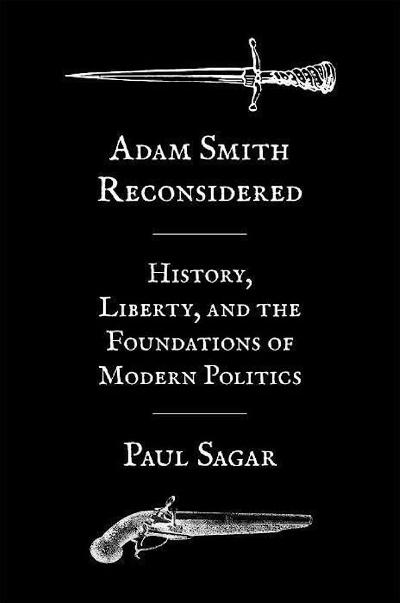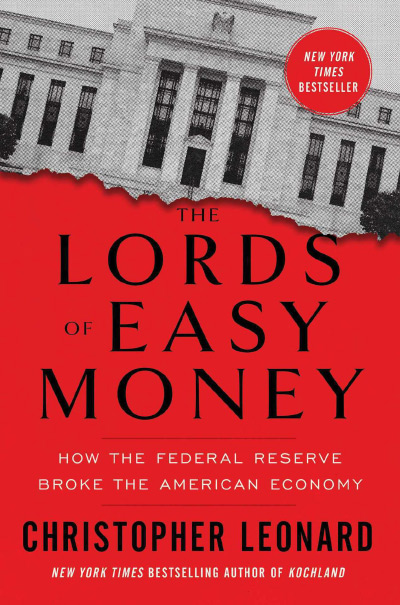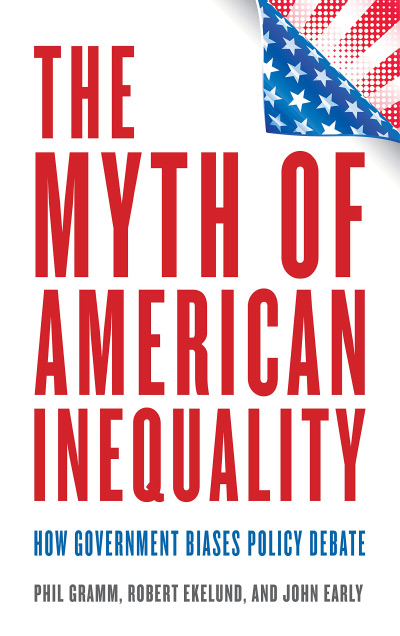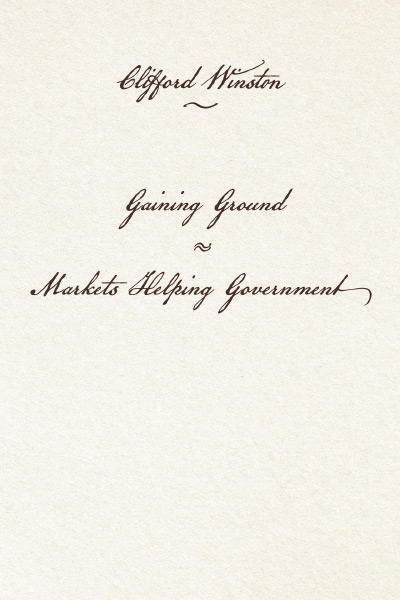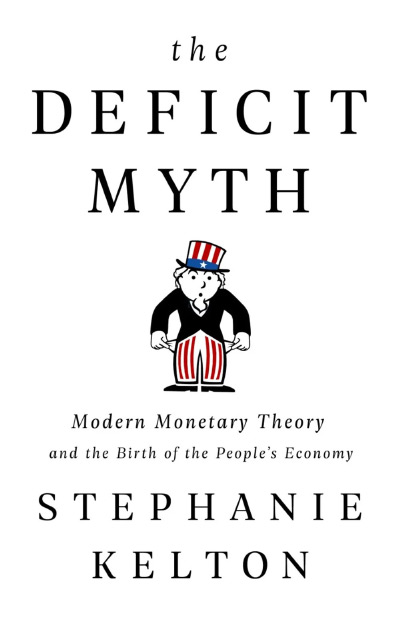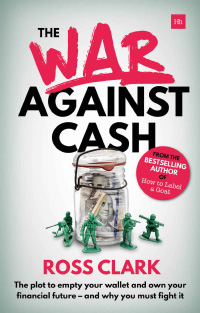That Jane Austen can be associated with moralists, Adam Smith in particular, has been well known for many years. Although the English novelist does not quote the Scottish philosopher and economist or any other intellectual authority, for that matter, there are reasons to suspect that she had read Smith. Half a century ago Kenneth Moler showed that the distinction between vanity and pride drawn by Mary Bennet in Pride and Prejudice is remarkably similar to the one made by Smith in The Theory of Moral Sentiments (“The Bennet Girls and Adam Smith on Vanity and Pride,” Philological Quarterly 46 [October 1967]: 255–62). And other authors have followed this line of research down to the present.
This fine book by the professors of economics Cecil E. Bohanon and Michelle Albert Vachris is a step forward because they present the full picture of the problem in the following sense: they go over all the novels by Austen and indicate what they call the “intersections” of her ideas and Smith’s in order to prove that she “embellishes, refines, and explains Adam Smith” (p. 4).
The book is divided into three parts, and there is also an appendix at the end of the book with a synopsis of Austen’s six completed and published novels. The title of the first part is “Adam Smith’s Theory of Moral Sentiments: A User’s Guide for Jane Austen Readers,” presenting Smith’s ideas in chapters 2 and 3.
Part II, “Austen Reflects and Illuminates Smith,” is the core of the book: from chapter 4 to 9 it links each novel by Austen to a particular Smithian concept. Chapter 4, “Self-Command in Sense and Sensibility,” presents Elinor Dashwood as “a model of Smithian virtue” (p. 46). Chapter 5, “Prudence, Benevolence, and Justice in Mansfield Park,” deals with this “virtue Trinity” highlighted by both Smith and Austen. Chapter 6, “Vanity in Persuasion,” studies vanity in both Persuasion and Mansfield Park. Chapter 7 analyzes “pride in Pride and Prejudice.” Chapter 8, “Greed and Promises in Northanger Abbey,” distinguishes greed and ambition, as Adam Smith did, and includes reflections on greed in Mansfield Park, Persuasion, and Sense and Sensibility. Chapter 9, “Man of System and Impartial Spectator in Emma,” studies the character of Emma Wodehouse and takes a look at Mrs. Morris, Lady Catherine de Bourgh, and Lady Russell as “men” of system in Mansfield Park, Pride and Prejudice, and Persuasion, respectively. It also focuses on impartial spectators in Emma’s enlightenment as well as in Sense and Sensibility, Northanger Abbey, and Mansfield Park.
In part III, “Economic Life in Smith’s and Austen’s Times,” Bohanon and Vachris study land rents, income, and entails (chapter 10); representations of business in Smith and Austen as well as the adoption of what Deirdre McCloskey calls the bourgeois virtues (chapter 11) (see McCloskey’s book The Bourgeois Virtues: Ethics for an Age of Commerce [Chicago: University of Chicago Press, 2006]); and social rank in Smith and Austen (chapter 12). This part ends with some reflections on the intersection between Austen and Smith and its relevance for today (chapter 13).
There has been a certain tendency from the Left in recent years to revitalize the old thesis that questions Adam Smith’s sympathies for capitalism and the free market, a thesis originally defended in 1927 by Jacob Viner in his famous article “Adam Smith and Laissez Faire,” published in the Journal of Political Economy (35, no. 2: 198–232). And this tendency has used the example of Jane Austen to prove the rigors of poverty and inequality in nineteenth-century England. (I have criticized this approach recently in “Piketty Misreads Austen,” The Independent Review 21, no. 3 [Winter 2017]: 465–76). However, Austen and Smith in general terms saw eye to eye in the acknowledgment of economic growth and the appreciation of how the liberalmarket and liberal institutions produce “that universal opulence which extends itself to the lowest ranks of the people” (Adam Smith, Wealth of Nations, [Indianapolis, Ind.: Liberty Fund, 1981], vol. 1, p. 22). Bohanon and Vachris point out: “In Austen’s work, we start to see the emergence of respect for business” (p. 143).
Adam Smith, in spite of his celebrated remarks against businessmen who conspire to obtain privileges from the state at the expense of consumers, underlines the usefulness of commerce; in his lessons, he recalls that Ulysses was asked “by way of affront, whether he be a pirate or a merchant. At that time a merchant was reckoned odious and despicable. But a pirate or robber, as he was a man of military bravery, was treated with honour” (Lectures on Jurisprudence [Indianapolis, Ind.: Liberty Fund, 1982], p. 527). And in the Wealth of Nations, he states: “The prejudices of some political writers against shopkeepers and tradesmen, are altogether without foundation” (vol. 1, p. 361).
Smith criticizes anticapitalist positions, and as Bohanon and Vachris say, “The attitudes of most of the landed gentry of Jane Austen’s novels reflect this pre-commercial way of thinking” (p. 10). There is no “das Adam Smith Problem” here, and Bohanon and Vachris emphasize that markets and ethics are not contradictory: “markets need morality to work and markets make us moral at the same time” (p. 140). For Austen, as for Smith, contra the likes of Gordon Gekko, greed is not good (p. 159).
Just as self-interest can be a useful but also an excessive universal drive, much the same is true of inequality, which in itself does not conspire against social order, because of the moral sentiment that impels us to admire our betters, because we would like to be admired. But the distinction of ranks as well as the effort to better our own condition can corrupt, according to both Smith and Austen. This is why Austen’s novels do not applaud the aristocracy but rather the rising middle class of merchants, manufacturers, and professionals who progress by virtue of merit and not of birth. In the case of landowners, Austen prefers landed before titled gentry (pp. 148–50); she acknowledges and salutes social mobility and shares in the movement that changed the treatment of the commercial class from disdain to respect (p. 153).
Pride and Profit (a good title, by the way) convincingly argues that there are, in fact, numerous intersections between Adam Smith and Jane Austen; their lives might have overlapped by only fifteen years, but they had ideas in common with each other and with the Enlightenment atmosphere that surrounded them. It should be remembered that if a novelist can learn from a moralist, the opposite can also be true: Smith uses literary references in The Theory of Moral Sentiments and was a great admirer of writers such as Voltaire and Racine, whose tragic drama Phèdra was for him “the finest tragedy, perhaps, that is extant in any language” ([Indianapolis: Liberty Fund, 1984], p. 123).
According to Bohanon and Vachris, the final lessons we can learn from the professor of moral philosophy and the novelist are the following: “Develop selfcommand over our passions so we can live a life that balances both sense and sensibility. Be prudent in our affairs but not to the extent of miserliness. Show benevolence toward those we care about, and justice to all. Have pride in our true accomplishments, but do not become too vain or greedy. Show respect to those who earn it. Finally, take those Enlightenment themes to heart by thinking for ourselves, tolerating others, and always striving for improvement” (p. 161). Some philosophers, economists, or novelists would perhaps disagree. Adam Smith and Jane Austen most certainly would not.
| Other Independent Review articles by Carlos Rodríguez Braun | ||
| Winter 2016/17 | Piketty Misreads Austen | |
| Summer 2012 | The Values of Free Enterprise versus the New Populism in Latin America | |
| Winter 2010/11 | Bastiat as an Economist | |
| [View All (5)] | ||

